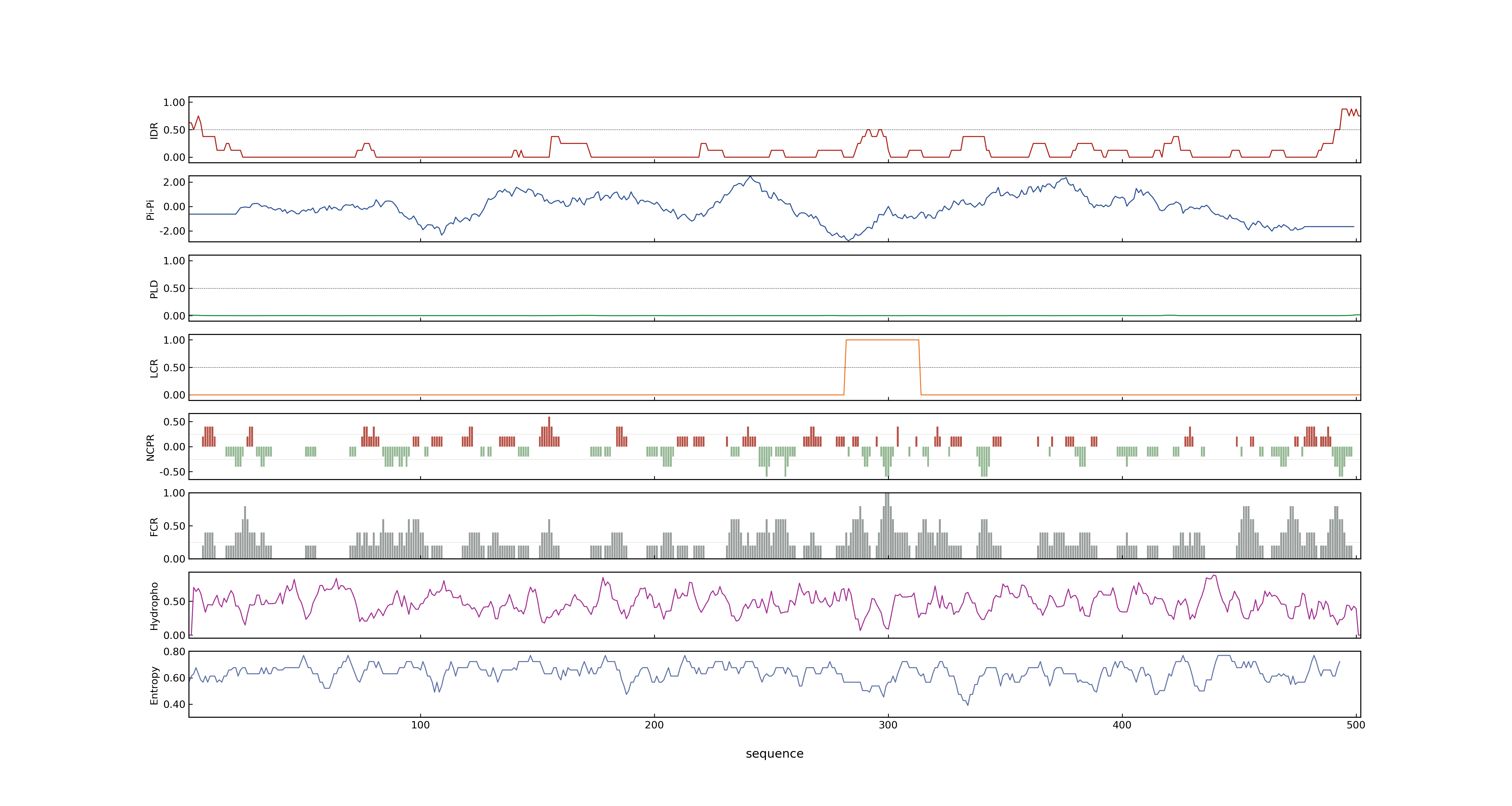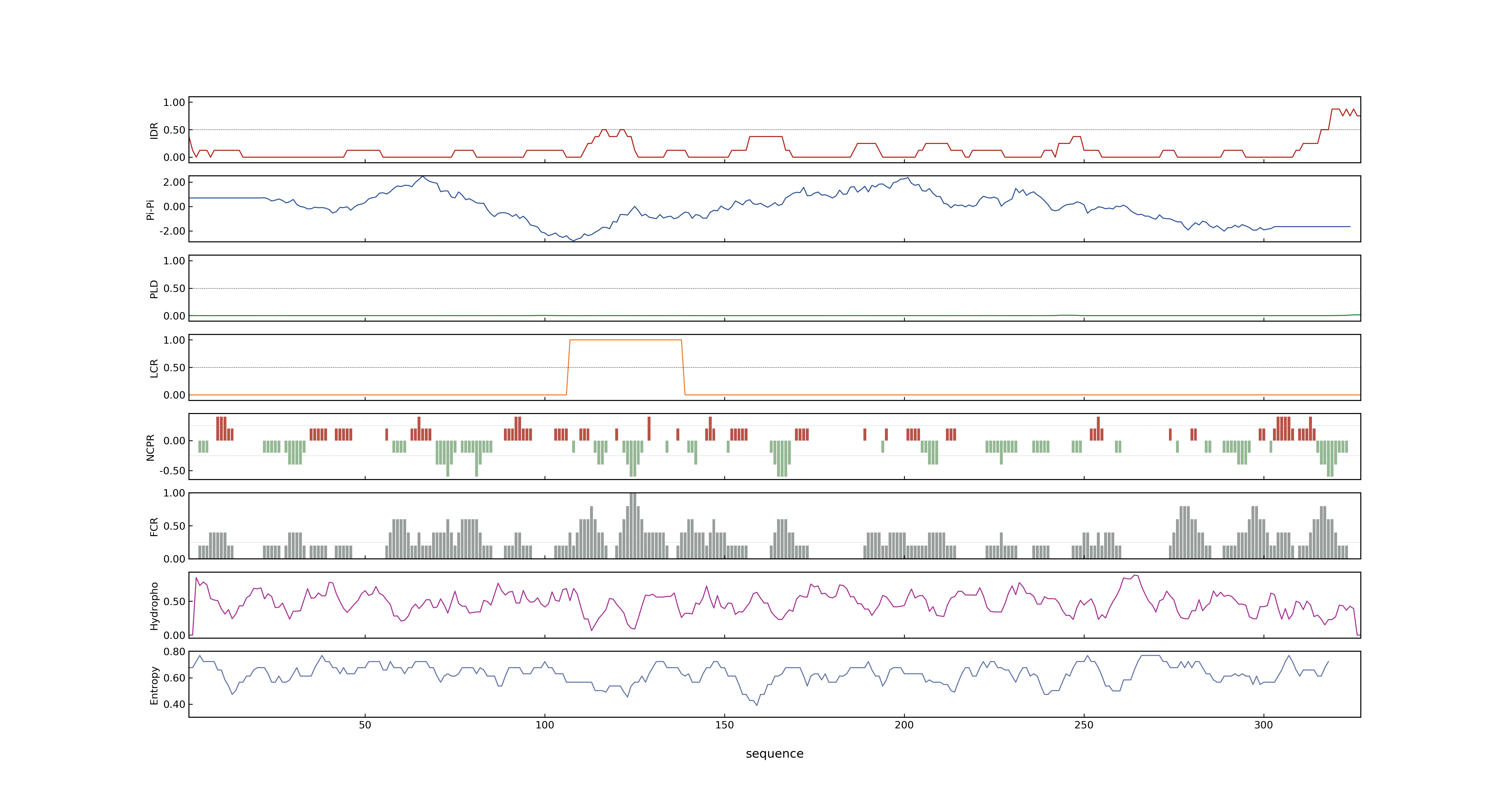- Information
- Symbol: OsPCS2
- MSU: LOC_Os06g01260
- RAPdb: Os06g0102300
- PSP score
- LOC_Os06g01260.1: 0.0777
- LOC_Os06g01260.2: 0.0532
- PLAAC score
- LOC_Os06g01260.1: 0
- LOC_Os06g01260.2: 0
- pLDDT score
- 80.45
- Protein Structure from AlphaFold and UniProt
- MolPhase score
- LOC_Os06g01260.1: 0.59469449
- LOC_Os06g01260.2: 0.03140388
- MolPhase Result
- Publication
-
Genbank accession number
- Key message
- The OsPCS2 exhibits root- and shoot-specific differential ratios of alternatively spliced transcripts in indica rice under Cd stress, and plays role in Cd and As stress tolerance and accumulation
- Analysis of the transgenic rice lines grown under metal(loid) stress revealed almost complete absence of both OsPCS1 and OsPCS2 transcripts in the developing seeds coupled with the significant reduction in the content of Cd (~51%) and As (~35%) in grains compared with the non-transgenic plant
- Taken together, the findings indicate towards a crucial role played by the tissue-specific alternative splicing and relative abundance of the OsPCS2 gene during heavy metal(loid) stress mitigation in rice plant
- Identification of alternatively spliced transcripts of rice phytochelatin synthase 2 gene OsPCS2 involved in mitigation of cadmium and arsenic stresses.
- Connection
- OsPCS1, OsPCS2, Phytochelatin synthase OsPCS1 plays a crucial role in reducing arsenic levels in rice grains., The levels of As in grains and node I were similar between the two mutants, suggesting that OsABCC1 preferentially cooperates with OsPCS1 to sequester As, although rice has another phytochelatin synthase, OsPCS2
- OsPCS1, OsPCS2, Phytochelatin synthase OsPCS1 plays a crucial role in reducing arsenic levels in rice grains., In vitro phytochelatin synthesis assay indicated that OsPCS1 was more sensitive to activation by As than by cadmium, whereas OsPCS2 was more weakly activated by As than by cadmium
- OsPCS1, OsPCS2, Phytochelatin synthase has contrasting effects on cadmium and arsenic accumulation in rice grains., First, we isolated four different transcript variants of OsPCS1 as well as one from OsPCS2
- OsPCS1, OsPCS2, Phytochelatin synthase has contrasting effects on cadmium and arsenic accumulation in rice grains., Quantitative RT-PCR of each OsPCS transcript in rice seedlings suggested that expression of OsPCS1full, the longest OsPCS1 variant, was most abundant, followed by OsPCS2
Prev Next


